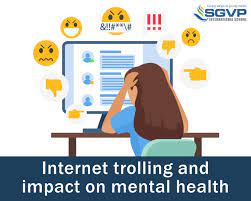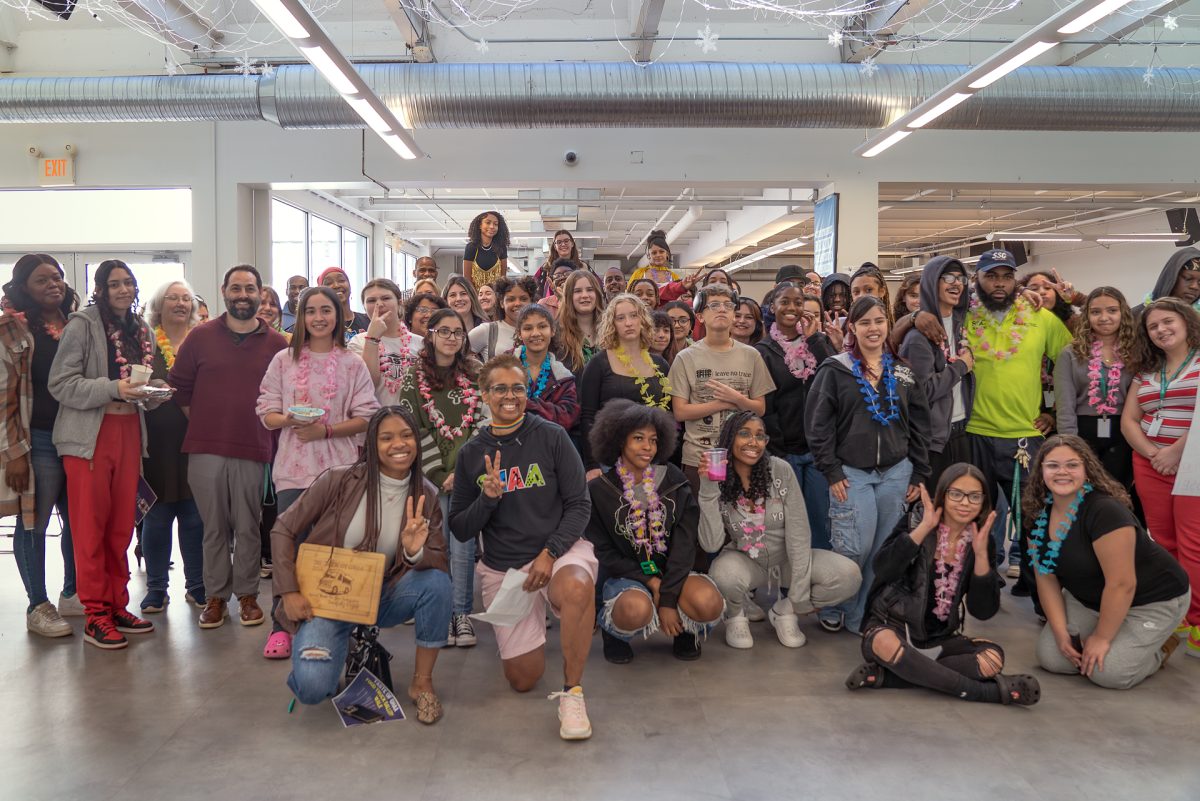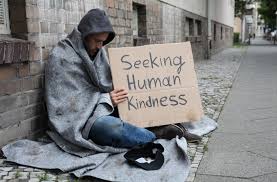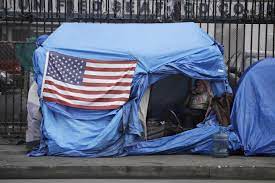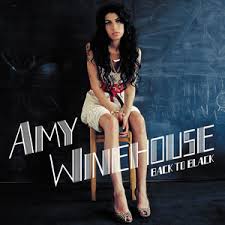The decline of the American family structure has only intensified since the 1960’s. The number of my peers I’ve heard say they or someone they know is a byproduct of single or co-parent households is astronomical. Although historical evidence shows America has made many strides to desegregate and unify the nation, children of minorities, especially African Americans, are still at a systematic disadvantage.
I am an African American high school student; born and raised in a two-parent married household. From constantly hearing the difficulties of my peers growing up with separated parents, I started to question the impact of this issue on minority youth.
A minority is defined as “a culturally, ethnically, or racially distinct group that coexists with, but is subordinate to a more dominant group (Lotha, 2024).” Although minority groups differ by location, the majority of America’s minority population consists of the African American and Latino races. Through learning this information, I decided to survey my fellow high school students. I interviewed students from all grades, 9-12, anonymously asking if they identified as white or another race and whether they lived in a single, married, or co-parent household. The data showed approximately 58% of my peers came from single-parent households and only 29% from married households. I was shocked. In addition, among the 58%, 50% were minorities. In response, I looked for research to disprove my claim, but there wasn’t any.
For the study co-parent households were defined as children with two parental figures who lived or operated separately from the other.
The 1986 U.S. The Census Bureau reported that, “more than one-fourth of American families with children – and more than 60 percent of those that are black – were headed by single parents last year (AP, 1986).” In addition to this, “from 1960 and 2013, African American children who lived in single-parent homes more than doubled from 22% to 55% (Johnson, 2017).” The results overwhelmingly showed the American family structure was failing, and African American communities were being impacted the most.
Despite America’s varying average marital rates in the early 1900s according to an Our World Data survey on American marriages and divorces, “since 1972, marriage rates in the US have fallen by almost 50%, and are currently at the lowest point in recorded history (Ospina & Roser, 2020).” Reasons marital rates are dropping include but aren’t limited to: “changing view[points] of marriage, people opting to marry later in life, skip marriage altogether or have kids outside of marriage. At the same time, marriages have grown more likely to end in divorce (Annie E. Casey Foundation, 2022).” Although this data speaks to national averages for decreasing marital rates starting in 1972, for the African American community these changes began in the 60s.
In the 1960s, the black family structure was strong, despite the struggle for civil rights and rampant racism; black homes fought their daily challenges together. Less than twenty years later, everything had drastically changed. By 1986, the U.S. Census Bureau reported that, “more than one-fourth of American families with children – and more than 60 percent of those that are black – were headed by single parents last year (AP, 1986).” In addition to this “from 1960 and 2013, African American children who lived in single-parent homes more than doubled from 22% to 55% (Johnson, 2017).” The American family structure had begun an irreparable decline and African American families were experiencing the worst, but why?
As time passed, America’s new goal for the black family became more clear: to break them apart. The first hit was with the rise of factory outsourcing. In the late 1960s, “manufacturing employed the largest proportion of black workers [but when deindustrialization began] employment of men in manufacturing in the cities studied dropped by at least eight percent. In cities that were predominantly industrial, such as St. Louis, Cleveland, Chicago, Detroit, and Baltimore, manufacturing employment fell by 17–19 % (Kolesnikova and Liu, 2010).” When major layoffs started happening all across the U.S. black men were the first to lose their jobs. When educational standards were raised for these or similar jobs, black men had longer and more difficult periods finding new employment. With each passing day, more and more black men were laid off, and the drug industry was increasing. By 1971, destruction struck; President Nixon had launched his War on Drugs campaign. Whether for recreation or production, President Nixon’s 1971 campaign increased penalties and sentence minimums for all drug-related crimes. As a result, “the black incarceration rate in America exploded from about 600 per 100,000 people in 1970 to 1,808 in 2000. In the same period, the rate for the white incarceration rate grew from 103 per 100,000 people to 242 (Morrison, 2021).” The mass incarceration of black fathers left mothers alone as the new heads of households struggled to provide for their families. For the young boys left behind, it left them without fatherly guidance in a system solely designed to oppress.
In these single-parent homes, everyone struggles. As best described by a National Library of Medicine article, “Single mothers are not inherently inferior parents relative to cohabiting mothers; rather, their parenting practices are often compromised by a myriad of demands and stressors. Consistent with this postulate, low socioeconomic status was associated with single motherhood and negative parenting behaviors (Daryanai, et al., 2017).” For a single mother, raising a child means you don’t have the physical, emotional, and financial support that comes with having a partner. Compared to a two-parent household, single parents earn a lower household income, work more, and lose critical quality time with their children. In turn, “kids of single parents are more likely to have physical, mental and behavioral health problems, disrupted brain development, shorter educational trajectories, contact with the child welfare and justice systems, employment challenges in adulthood and more (Annie E. Casey Foundation, 2022).” Children without two parental figures often struggle mentally and socially from a variety of issues and traumas. Mothers question themselves, their capabilities, and their self-worth by aiming to provide their children with the best possible opportunities even if they don’t know how.
This is further proven when others argue that parental factors, such as whether a child came from a single or co-parent household, do not determine the likelihood of their success. Often, examples of successful children are quoted to say people can still be successful despite coming from a single-parent household (i.e. Samuel Jackson, Alica Keys, and Jay-Z). However, a 2021 study by sociologist Wendy Wang shows that “black children from stable two-parent homes do better than white children from single-parent homes when it comes to their risk of poverty or prison, and their odds of graduating from college (Wang, 2021).” Regardless of race, coming from a single-parent household will always put you at a disadvantage.
Single parenthood is a growing theme slowly sweeping our nation. The separation of black fathers through deindustrialization and mass incarceration has caused irreparable damage to black families. When a parent is forced to raise a child on their own, everyone suffers. When just one family struggles, a whole community suffers. Family structure is the basis of our society; if our minority groups were more economically stable 50 years ago, America’s economy is on a decline. To save our society, we must start in the common household, because the first people this affects are the ones that matter most: our children.


